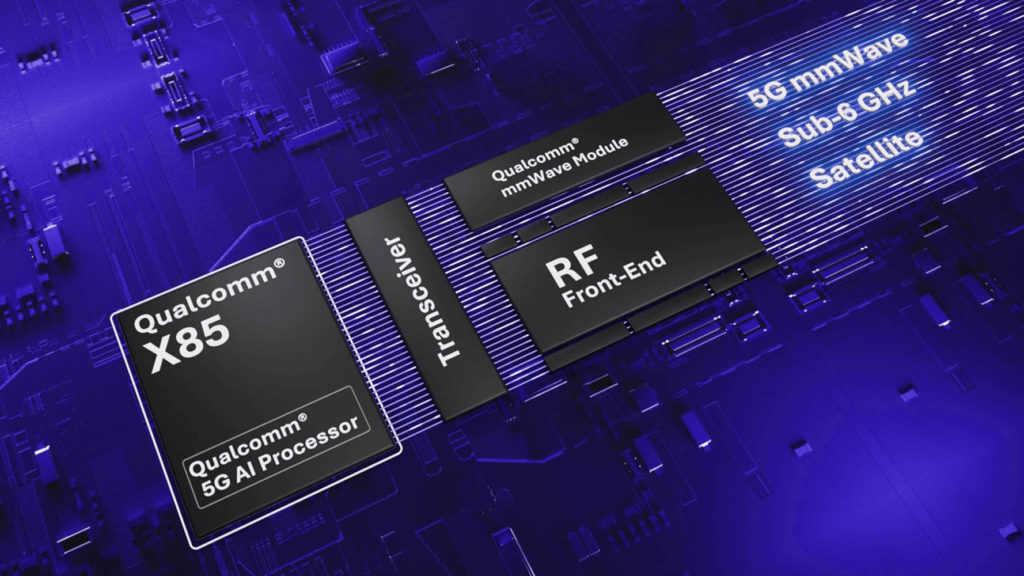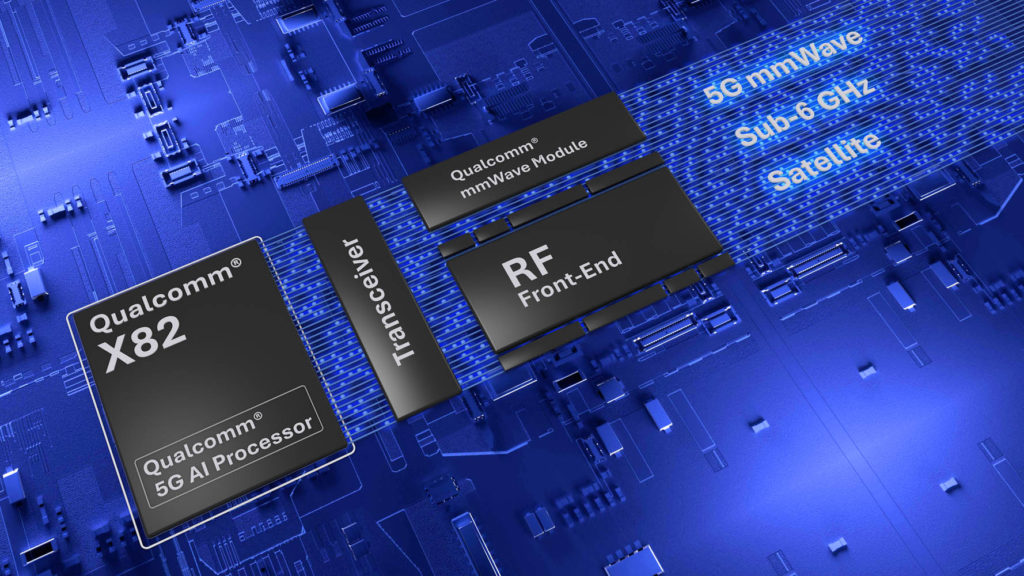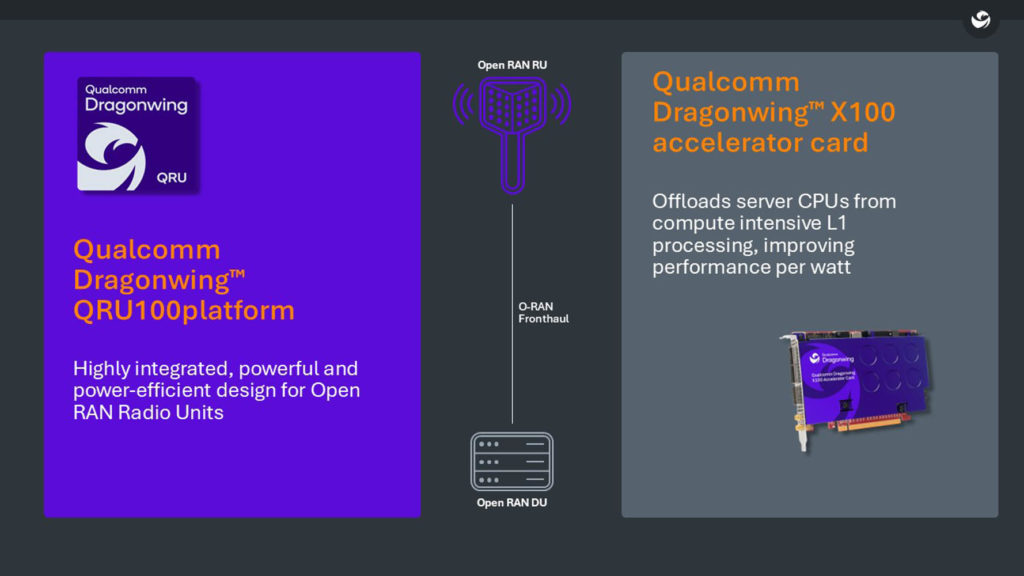Qualcomm has officially unveiled its upcoming advancements in mobile processing and connectivity for 2025 and beyond.
 One of the key highlights is the X85 5G Modem-RF, an 8th-generation modem-to-antenna solution and 4th-generation AI-powered 5G platform. It delivers download speeds of up to 2.5 Gbps while supporting both sub-6 GHz and mmWave frequencies, ensuring seamless connectivity for streaming, downloads, and gaming.
One of the key highlights is the X85 5G Modem-RF, an 8th-generation modem-to-antenna solution and 4th-generation AI-powered 5G platform. It delivers download speeds of up to 2.5 Gbps while supporting both sub-6 GHz and mmWave frequencies, ensuring seamless connectivity for streaming, downloads, and gaming.
 The modem is equipped with an upgraded Qualcomm 5G AI Processor featuring a hardware tensor accelerator, optimizing speed, efficiency, coverage, and power consumption. For a more budget-friendly option, Qualcomm is also introducing the X82 5G Modem-RF as a lower-tier alternative.
The modem is equipped with an upgraded Qualcomm 5G AI Processor featuring a hardware tensor accelerator, optimizing speed, efficiency, coverage, and power consumption. For a more budget-friendly option, Qualcomm is also introducing the X82 5G Modem-RF as a lower-tier alternative.
Expanding beyond smartphones, Qualcomm is launching new 4G IoT modems featuring an industry-first integrated SIM (iSIM). Designed for ultra-low-power connectivity, these modems cater to a wide range of IoT applications, including smart meters, healthcare devices, wearables, and point-of-sale terminals.
 In the telecom space, Qualcomm’s 5G OpenRAN solutions continue to gain traction among major network operators and infrastructure providers. Vietnam’s Viettel has deployed a live 5G O-RAN Massive MIMO network powered by Dragonwing Cellular Infrastructure, while Japan’s NTT DOCOMO has integrated Dragonwing X100 Accelerator Cards into its O-RAN virtualized Distributed Units (vDUs) to enhance its nationwide 5G vRAN rollout.
In the telecom space, Qualcomm’s 5G OpenRAN solutions continue to gain traction among major network operators and infrastructure providers. Vietnam’s Viettel has deployed a live 5G O-RAN Massive MIMO network powered by Dragonwing Cellular Infrastructure, while Japan’s NTT DOCOMO has integrated Dragonwing X100 Accelerator Cards into its O-RAN virtualized Distributed Units (vDUs) to enhance its nationwide 5G vRAN rollout.
Fixed Wireless Access (FWA) Gen 4 Elite
The Dragonwing portfolio now includes the FWA Gen 4 Elite Platform, Qualcomm’s 5G Advanced FWA solution. It delivers broadband speeds of up to 12.5 Gbps with AI-enhanced traffic classification and 40 TOPS edge AI processing, improving network performance while enabling advanced generative AI applications at the edge.
Under the hood, the platform features a 4-core processor with hardware acceleration, an integrated 5G Modem-RF, GNSS, Tri-Band Wi-Fi 7, and broad carrier middleware support.
Looking Ahead
Beyond these imminent releases, Qualcomm is actively researching 5G Advanced, 6G, and UWB. The company is focusing on expanding coverage and capacity, optimizing networks using AI and digital twins, and developing new applications for immersive experiences and integrated sensing.






